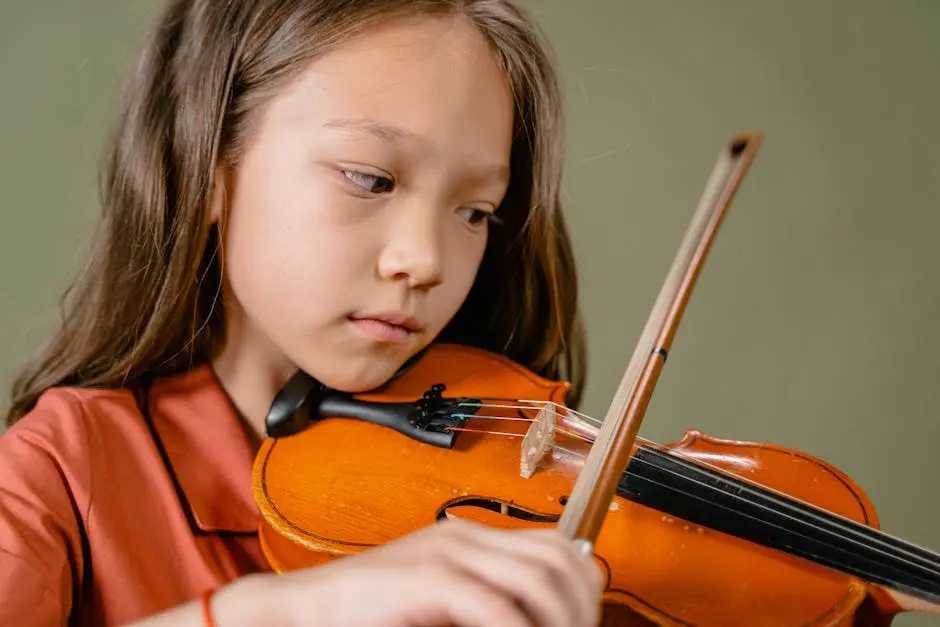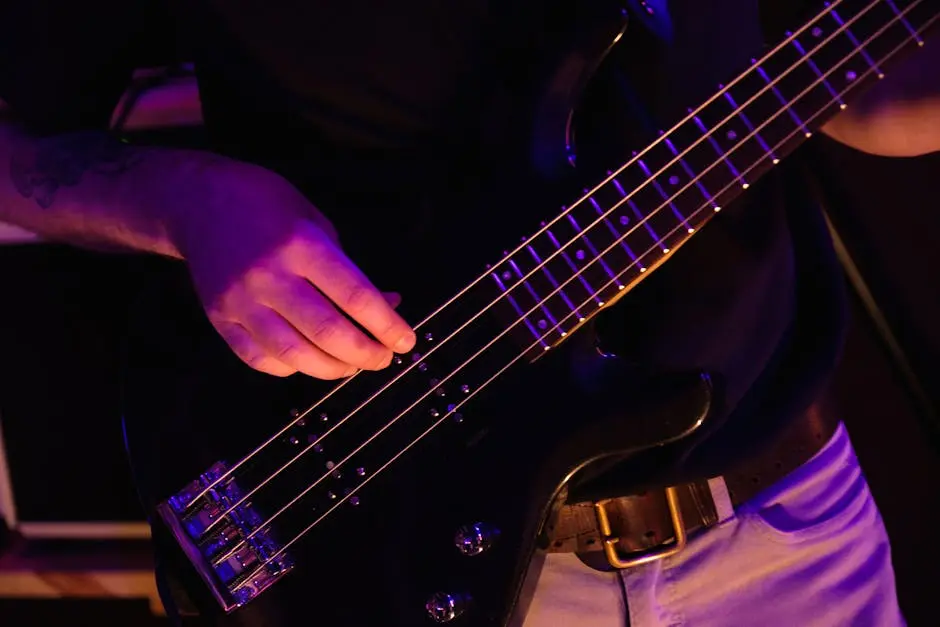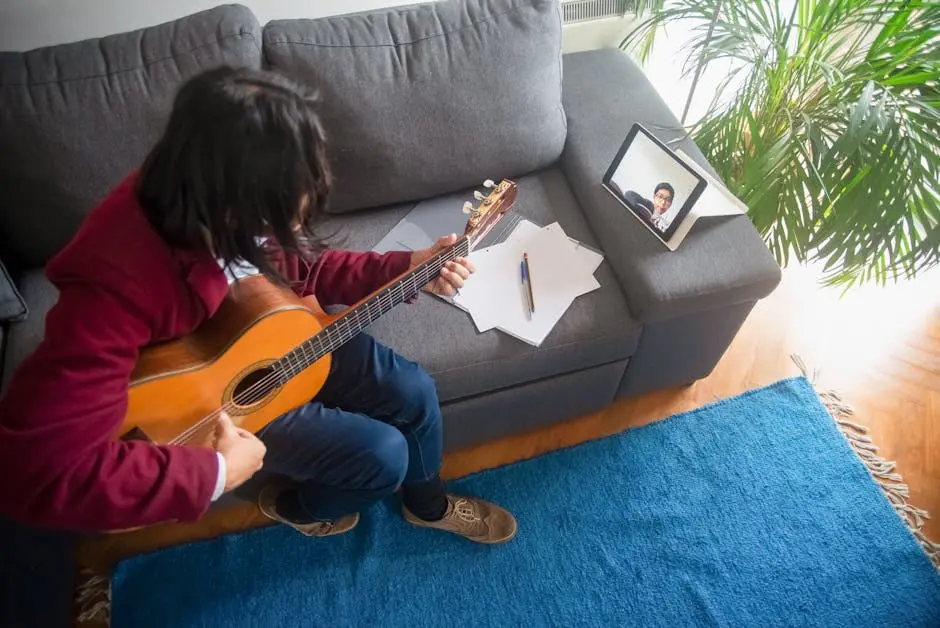1. Mastering the Art of Rhythm
Understanding the importance of rhythm in piano accompaniment can make a world of difference in your performance. This section will guide you through various rhythmic patterns that can add depth and interest to your playing. Rhythm helps in creating a foundation; think of it as the heartbeat of your music. When you grasp how to manipulate rhythm, you start to unlock your potential as an accompanist.
Consider incorporating swing rhythms, which can inject a playful energy into your performance. These rhythms can transform a straightforward piece into something captivating. Moreover, don’t shy away from experimenting with syncopation, where you emphasize unexpected beats. This technique can elevate your accompaniment to an entirely new level, making it feel more alive and engaging. With practice, these rhythmic variations can become second nature, allowing you to focus more on your musical expression.
2. Chord Voicings That Inspire
Exploring different chord voicings allows for unique harmonic textures. Here, we’ll look at how to use inversions and extensions to create a more dynamic sound. For instance, by using first and second inversions of chords, you can achieve smoother transitions between chords, which is especially useful in slower pieces.
Let's not forget about chord extensions; adding 7ths, 9ths, or even 11ths can lend a rich color to your accompaniment. These additional notes invite a whole new level of depth, sometimes turning a simple triad into a lush harmonic experience. Imagine playing a straightforward progression but with these extension notes sprinkled throughout; suddenly, the music breathes and expands. These voicings can set the emotional tone of the piece and keep listeners engaged.
Lastly, exploring modal interchange can be an exciting way to spice up your chord progressions. Mixing chords from different keys provides a fresh perspective on familiar pieces, allowing you to infuse personal style into your accompaniment.
3. Using Pedal for Expressiveness
The sustain pedal can greatly enhance your accompaniment. Learn the techniques for effective pedaling, including when to use it and how it affects your sound. Proper pedaling can create a seamless connection between notes, adding richness and warmth to your performance. However, it’s important not to overdo it; the aim is to support, not overwhelm. A well-timed press of the pedal can sustain the notes and evoke deeper emotions.
To master this technique, start with simple exercises that involve holding notes while using the pedal to connect them. This will help you understand the nuances of how pedal affects different chord types. Experimenting with half-pedaling can also be beneficial. This allows you to control the decay of sound much more finely and adds a nuanced layer to your music. Engage with various styles of music to see how different genres employ pedal use; from classical to jazz, the possibilities are vast.
4. Incorporating Arpeggios
Arpeggios can add fluidity and movement to your playing. In this section, we’ll discuss different ways to use arpeggios in your accompaniment style. These broken chords not only create a harmonic backdrop but can also guide the listener’s emotional journey. Imagine accompanying a vocalist, using flowing arpeggios to provide a gentle, supportive foundation that allows the lyrics to shine!
You can also mix arpeggios with established motifs or themes to create a cohesive musical statement. For instance, integrating a simple melodic line with accompaniment that features arpeggios will make the overall piece more dynamic. Be sure to practice various arpeggio patterns to become comfortable; you might find some patterns become signature elements of your playing. As you gain confidence, challenge yourself with complex arpeggio sequences that fit the mood of the piece. This will keep your playing fresh and invigorating.
5. Playing by Ear: A Valuable Skill
Being able to play by ear opens up a world of opportunities. We’ll share tips on how to practice this skill and apply it to your accompaniment work. Start by picking simple tunes and trying to reproduce them on the piano, focusing initially on the melody before adding harmonies. This can enhance your listening skills and help you understand how different components of music fit together.
As you grow comfortable with basic melodies, begin exploring different accompaniment styles to enhance the piece. Often, the best way to learn is to listen and imitate. Try recording pieces you like, then transcribe them without sheet music. This practice hones both your aural skills and your musical vocabulary. The more you listen and play, the more intuitive your sense of harmony and rhythm becomes.
Finally, reinforce this skill by accompanying friends or fellow musicians. You’ll find that playing live offers invaluable insights and challenges that practice at home may not provide. Over time, this will cultivate a natural ability to react and adapt musically, making you a more versatile accompanist.
6. The Power of Dynamics
Understanding dynamics can help you convey emotions through your playing. Learn how to implement changes in volume and intensity to enhance your performance. Dynamics are not simply about playing softly or loudly; they involve the subtleties that breathe life into music. Using varying dynamics allows you to guide the listener’s emotional response, making your performance all the more captivating.
Practice scales and pieces with focus on playing both gently and forcefully, learning to control the nuances of touch. You might consider songs that are specifically dynamic-driven, enabling you to see how dramatic shifts can create tension and release. This sensitivity to what each section of music needs—whether a soft, introspective moment or a bold, expansive phrase—will serve you well in every aspect of your piano playing. Aim to evoke more than just notes; strive to tell a story with your dynamic choices, leading audiences on an emotional journey.
7. Creating Effective Counter Melodies
Counter melodies can add a rich layer to your accompaniment. We'll discuss how to construct and incorporate these lines into your playing effectively. The beauty of a counter melody lies in its ability to complement the primary melody, enhancing the overall harmonic and melodic textures of the performance. Think of it as a conversation between two voices; each has its own identity yet together, they create a more complex narrative.
When crafting counter melodies, start by getting familiar with the main melody. Analyze its structure and identify points where you can add contrast without overwhelming it. Often, using different rhythms or intervals can yield interesting results. Don’t be afraid to experiment with dissonance and resolution; these elements can help create emotional peaks that resonate with the listener.
As you integrate counter melodies into your accompaniments, be mindful of the balance between accompaniment and melody. It should feel like a partnership rather than a competition for dominance. With practice, you’ll find your voice emerging through the interplay of these different musical lines.
8. Improvisation Techniques for Solo Performances
Improvisation is a fantastic way to personalize your accompaniment. Discover various methods for improvising that can elevate your solo performances. Begin with a simple theme or chord progression, then allow your creativity to take flight. Use this structure as a launching pad for your ideas; by letting go of strict adherence to the score, you can explore new textures and emotions.
Start by developing scales and arpeggios that fit your chord progressions. This practice will give you the vocabulary needed to express your original thoughts musically. Additionally, consider using rhythmic deviations to make your improvisations more engaging; for example, stretching certain notes or playing syncopated rhythms can add an exciting dynamic to your performance.
Lastly, be open to the unexpected. Sometimes the best ideas occur spontaneously; trust in your intuition and let your surroundings or mood guide your playing. After all, some of the most captivating solos are born from moments of intuition and freedom.
9. Collaborating with Other Musicians
Working with other musicians can enhance your accompaniment skills. This section will offer tips for effective collaboration and communication during performances. One of the vital aspects of collaboration is listening; being aware of your fellow musicians fosters a deeper connection and encourages creative synergy. You’re not just supporting a singer or another instrumentalist; you’re engaging in a musical dialogue.
Don’t hesitate to share your ideas during rehearsals to find common ground. Effective communication can lead to some wonderful musical moments. Discuss each musician's role in the performance, the dynamics you envision, and the overall direction of the piece. This creates a comfortable environment where exploration and creative freedom thrive, along with a sense of collective ownership of the music.
Furthermore, exploring different genres or styles together can introduce you to fresh techniques and sounds. Testing boundaries is where true artistic growth occurs. The more you collaborate, the richer your skills as an accompanist will become, making you adaptable in various musical situations.
10. Understanding Song Form
Knowledge of song structure helps in planning your accompaniment. Here, we’ll break down common forms and how to adapt your playing accordingly. Understanding the layout—verse, chorus, bridge—enables you to anticipate what’s coming next and supports the flow of the piece.
For example, during the verse, you may want to keep your accompaniment more understated, allowing the lyrics to shine. Conversely, the chorus can feel more energetic, prompting you to increase your dynamics or use richer chords. Recognizing these distinctions in song structure isn’t just analytical; it’s about infusing your playing with intention.
Additionally, many popular songs adhere to certain forms, such as AABA or the 12-bar blues. Familiarizing yourself with these structures can open new avenues for improvisation and songwriting. With greater knowledge of song form, your ability to adapt and enhance your accompaniment will naturally improve.
11. Transposing for Variety
Transposing songs can add freshness to familiar pieces. Learn the basics of transposing and tips for practicing this essential skill. Essentially, transposing is about shifting the key of a song, which can create a whole new auditory experience. This practice not only challenges your musical skills but also enhances your ear for music.
Start by taking a piece you know well and playing it in different keys. This will not only help you understand the relationships between notes but also make your accompaniment more versatile. As you gain confidence, try applying transposition in real-time during performances. This skill can be particularly handy when playing alongside vocalists who might need adjustments to suit their vocal range.
Remember that transposing can also breathe new life into your own compositions. When you play in various keys, you may stumble upon progressions or melodies you hadn’t considered before, encouraging your creativity to flow. This dynamic ability will serve you well in numerous musical scenarios.
12. Practice Strategies for Improvement
Consistent practice is vital for developing your accompaniment techniques. We’ll share effective practice strategies to help you improve steadily. Establishing a structured practice routine that balances technical exercises and creative exploration can create a well-rounded approach to growth.
Include warm-up exercises focused on various techniques like scales, arpeggios, and rhythmic patterns. This strengthens your foundation while preparing the fingers for more challenging pieces. Moreover, consider setting specific goals for your practice sessions, like mastering a new accompaniment style or transposing a favorite song.
Lastly, don’t underestimate the power of recording your practice. Listening back can reveal aspects of your playing you might not notice in the moment, allowing for targeted improvements. Remember, progress takes time, but with patience and dedication, you’ll see significant enhancements in your piano accompaniment skills.








































